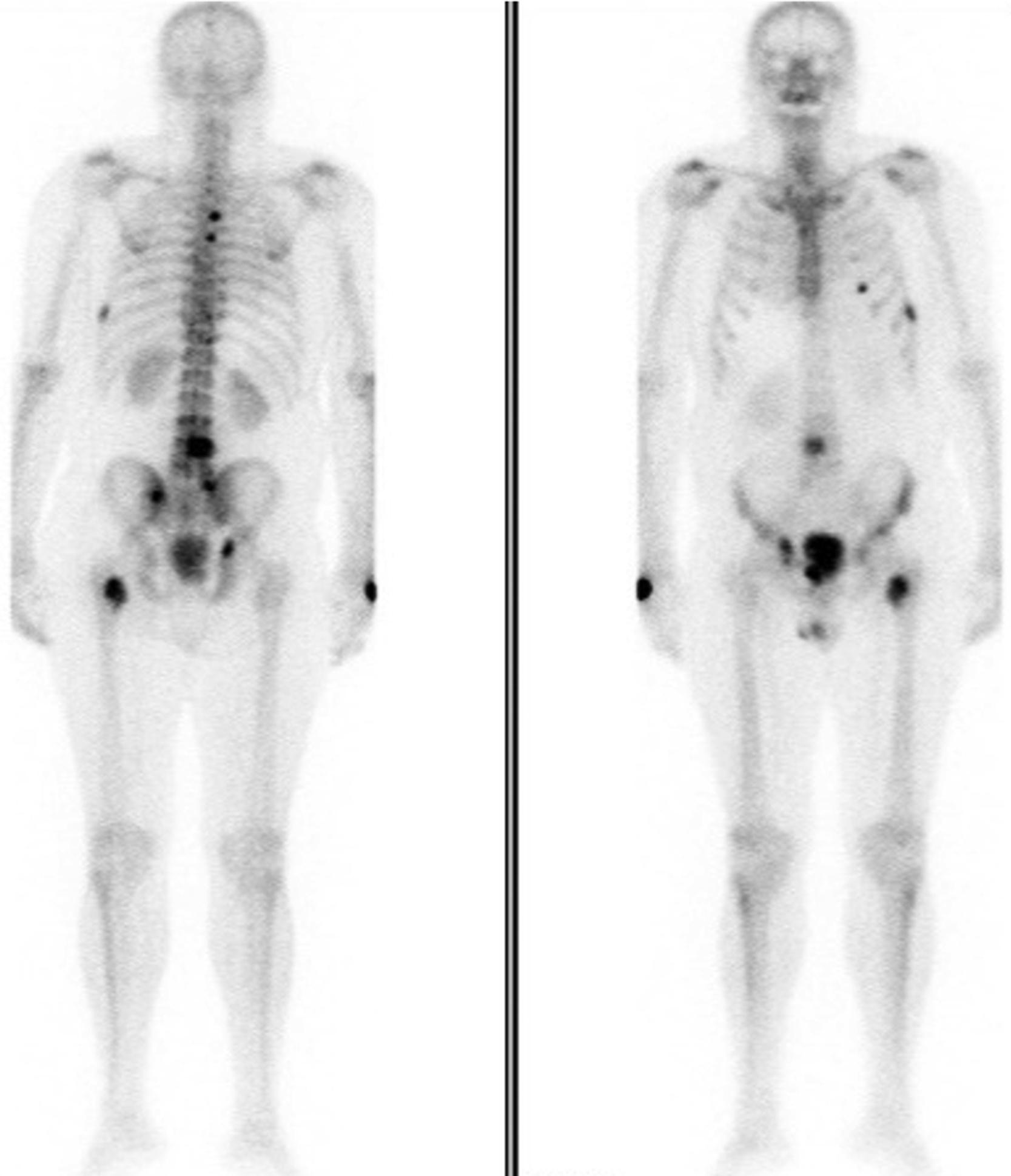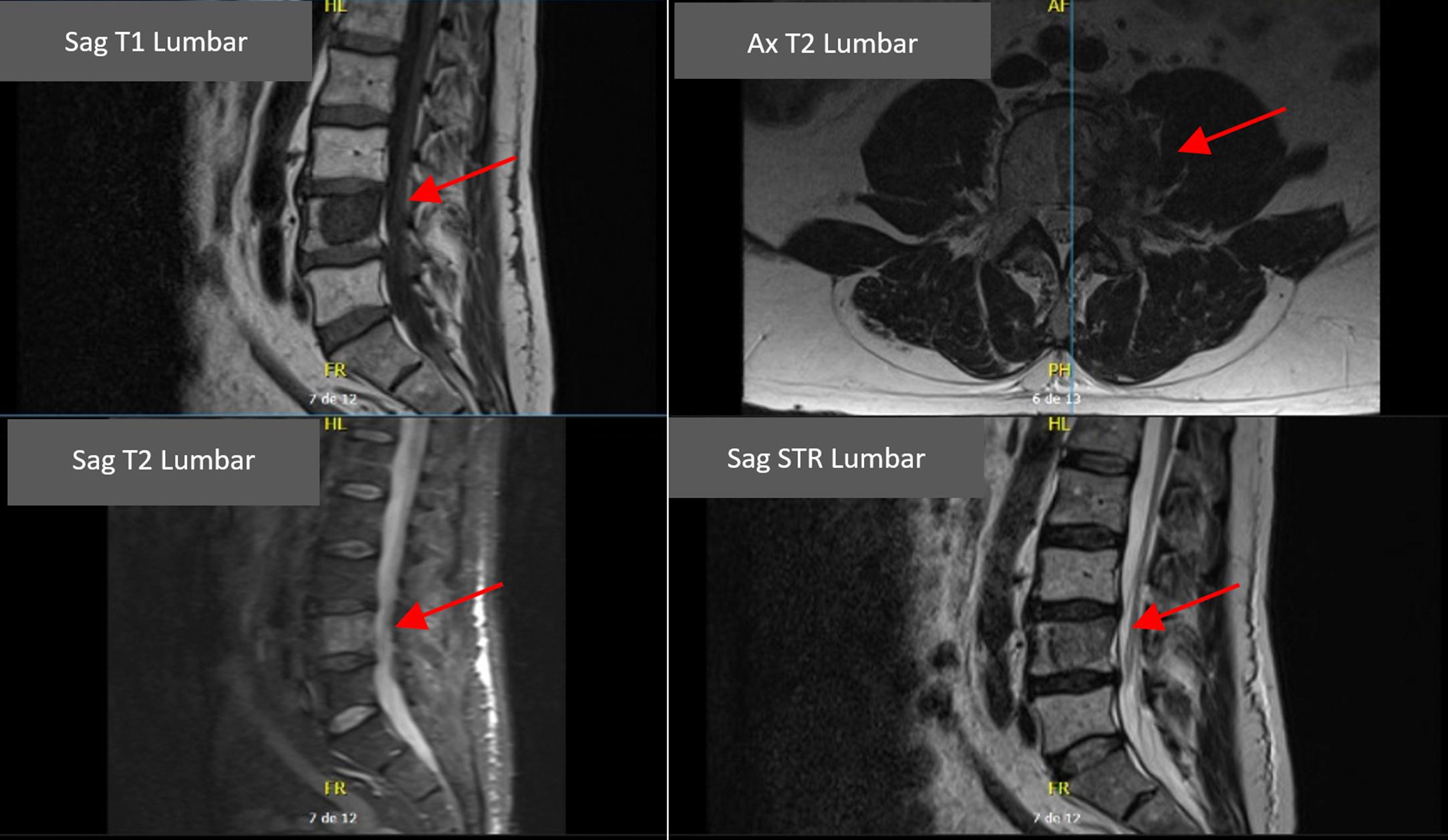Physical Address
304 North Cardinal St.
Dorchester Center, MA 02124
In 1990, the WHO defined this term as the active and holistic care of patients with advanced or progressive diseases, including the treatment of pain and other symptoms; it also included aspects of the evolutionary course of curable diseases [ ]. However, the need to incorporate this type of care from the time of diagnosis, and to increase its frequency and intensity throughout the course of the disease until its final outcome, was not stressed until 2001 [ , ].
The American Society of Clinical Oncology (ASCO) has highlighted the importance of palliative care because it allows the early identification of symptoms and therefore helps improve both patient quality of life as well as their levels of satisfaction, while also reducing the caregiver burden [ ]. An adequate palliative care intervention must be simple to administer, noninvasive, have a high probability of controlling symptoms in the long term, minimize toxicity derived from their action, and be efficient (cost-effective) [ ].
Bone metastases are a frequent complication of oncological processes that, although they do not have a direct impact on mortality, cause significant alterations such as pain, fractures, medullary-root compression, and hypercalcemia. All this can generate a considerable deterioration in patient quality of life. When a tumor metastasizes to bone, the prognosis worsens because the disease is then considered incurable.
The incidence of bone metastases is not precisely known, but 70%–80% of patients with advanced cancer will develop bone involvement. Indeed, it is the third most frequent location after lung and liver involvement [ , ]. This is especially true in patients with breast, prostate, or lung cancer [ ]. According to the location of the primary tumor, the relative incidence of bone involvement is 65%–75% for breast cancer, 65%–75% for prostate tumors, 60% for thyroid cancer, 40% for bladder malignancy, 20%–25% for kidney neoplasms, and 14%–45% for melanoma [ , ].
The average survival time varies between 3 and 19 months, depending on the location and extent of the primary tumor, although, thanks to advances in cancer treatments, survival times are continuing to increase. This has indirectly increased the incidence of bone involvement [ , ], making it a more frequent event in the course of cancerous diseases.
The distribution of skeletal metastases is not uniform—they usually affect the axial skeleton more than the appendicular system. Involvement in the vertebral column is most frequent (69%), usually in the lumbar, thoracic, cervical, and sacral locations. The next most common locations are pelvic bones (41%), long bones—especially the proximal femur (25%), and the skull (14%). Skeletal metastases occur less frequently in the ribs, sternum, and proximal humerus [ ].
Every day our knowledge of two fundamental bone niches is increasing: the osteoblastic niche and the endothelial cell niche . The latter is formed by bone marrow epithelium and participates in the remodeling and microenvironment of hematopoietic cells; its contribution to bone metastases is considered to be decisive [ ]. Hematopoietic and mesenchymal stem cells are found in these niches and the interplay between them maintains bone homeostasis. Thus, their interaction with tumor cells is also critical in the development of metastases [ ].
Although numerous tumor cells gain access to the circulatory system (mainly through the capillary system, but also through the lymphatic system), only a small proportion of these cells can establish metastatic foci [ ]. Recent studies have shown the presence of many quiescent cancerous cells (70%) at the bone level in patients with prostate tumors, of which only 30% were responsible for symptomology [ ].
Five phases of metastasis have been described: (1) release of neoplastic cells from the primary tumor; (2) invasion of the efferent lymphatics or vascular channels; (3) distant dissemination through the vascular and lymphatic channels; (4) endothelial anchorage and the invasion of new host tissues; and finally (5) growth of the original tumorous cell colony in a metastatic focus [ ].
The propensity to form bone tissue metastases is the result of several factors: (a) the sanguineous irrigation of bones, especially in the medullary compartment where cells are retained in sinusoids [ ]; (b) production of substances by neoplastic cells that promote adhesion to bone tissue; (c) release of angiogenic and bone resorption factors; and (d) production of factors that promote the growth of tumor cells by bone metastases [ ]. The above make bone a favorable microenvironment, which is especially conducive in the metaphysis compared to the diaphysis because the latter are hypoxic, making implantation more difficult [ ].
The most frequently used diagnostic techniques are radiography, technetium-99 bone scintigraphy scans, computed axial tomography (CT), and magnetic resonance imaging (MRI).
The sensitivity of radiography is low because the destruction of at least 40%–50% [ ] of the bone tissue would be required to even make the lesion visible. Above all, this technique is used to evaluate vertebral alignment deformities or changes, although the data it provides about the extension of lesions are limited.
Bone scintigraphy is a very sensitive method for detecting skeletal metastases because of the avidity of the isotope used to detect reactive bone. This technique is useful for evaluating the extent of metastatic spread; however, its specificity is low ( Fig. 60.1 ).

Both CT and MRI are immensely helpful techniques in clinical practice because they provide information about both the size and spread of lesions. Nonetheless, the specific characteristics of the latter make it the test of choice, with a sensitivity of 93%, specificity of 97%, and overall diagnostic accuracy of 95%. For example, MRI allows soft tissues to be delimited, and also highlights their relationship with adjacent tissues and neurovascular structures, as well as the degree of compression and eventual myelopathy [ ] ( Fig. 60.2 ).

The sensitivity of CT is greater than that of radiography in distinguishing between blast and lytic lesions; CT can detect bone involvement before its destruction and allows physicians to perform guided percutaneous biopsies.
The sensitivity of positron emission tomography (PET) is greater than that of scintigraphy and it is often used in the identification of unknown primary tumors (when bone involvement is detected as the first sign of the disease) [ ], as well as in the differential diagnosis of pathological fractures [ ].
Many publications have assessed which combination of imaging tests is most appropriate, concluding that the combined use of X-ray, CT, and MRI can achieve a sensitivity and specificity of 85% and 100%, respectively [ ]. Even so, it is impossible to identify the primary tumor in 10%–30% of patients with bone involvement, despite adequate radiological, analytical, and clinical examination.
Bone involvement may be osteolytic [ , ] or osteoblastic, but one type generally prevails over the other, depending on the location of the primary tumor. For example, osteoblastic lesions predominate in prostate cancer cases, while osteolytic lesions are more common in patients with breast cancer (80%).
The presence of bone involvement causes a notable deterioration in patient quality of life; some of the most frequent symptoms caused by skeletal metastases are detailed below.
Pain is the most frequent and feared symptom by patients (80%–95%) [ , ]. It can be divided into two categories according to its pathophysiology: nociceptive and neuropathic.
Nociceptive pain is caused by stimulation of the intact nervous system, transmitted through sensory receptors, afferent neurons, and ascending spinothalamic nociceptive pathways. It is a normal and physiological response and is therefore sensitive to palliative treatment with opiates. In turn, this type of pain can be subclassified into [ ]: somatic and visceral. The former is characterized by the precise location of the pain and results from the dense innervation of superficial areas, while the location of the latter is imprecise and is caused by diffuse innervation.
In contrast, the origin of neuropathic pain is the functional alteration of the nervous system and its diagnosis is primarily clinical. This can be the result of invasion of the nervous system by the tumor itself (70% of cases), may be secondary to oncological treatment (5%–20% of cases), or may be caused by an intercurrent process which might not be strictly oncological (10% of cases) [ ].
In most cases, cancer pain is mixed. Some authors have suggested that neuropathic pain is found in 20% of patients with bone involvement [ ]. The presentation characteristics are usually insidious, progressive, and constant, do not subside with rest, and are exacerbated while sleeping at night [ ]. However, the presence of this pain does not correlate with the primary tumor type, location, number of lesions, or size of the metastases [ ]. It may also be localized or diffuse, depending on the extent of the bone involvement.
Moreover, the pathophysiological mechanism is not entirely well known [ ], but may be due to tumor-induced osteolysis, the production of growth factors and cytokines, direct nerve infiltration, stimulation of ion channels, or the production of endothelin and nerve growth factors. The approach to cancer pain requires adequate data collection for the accurate diagnosis of the pain pathology. The evolution of the different symptoms the patient suffers must be determined and predicted, as must the origin and pathophysiology involved. Hence, this orientation process must be multidisciplinary.
Regardless of the type of pain, patients show two different presentation sequences over time. The first is chronic, continuous, dull, background pain, which prevents the patient from sleeping, moving, or carrying out the basic tasks of daily life. This pain is of variable intensity and is called basal pain . The second type is characterized by episodes of acute, spontaneous, or induced pain, with a high intensity (7–9 points on the visual analogue scale), a variable frequency, uncertain duration (average 20 min), and its occurrence during the day or night. These episodes of intense transient acute pain, whether predictable or not, are called breakthrough pain crises [ , ]. When these episodes are caused by movement or another known trigger, that is, they are foreseeable, they are called incidental pain crises.
Become a Clinical Tree membership for Full access and enjoy Unlimited articles
If you are a member. Log in here